WHEN LEARNING INSPIRES STUDENTS TO TAKE ACTION
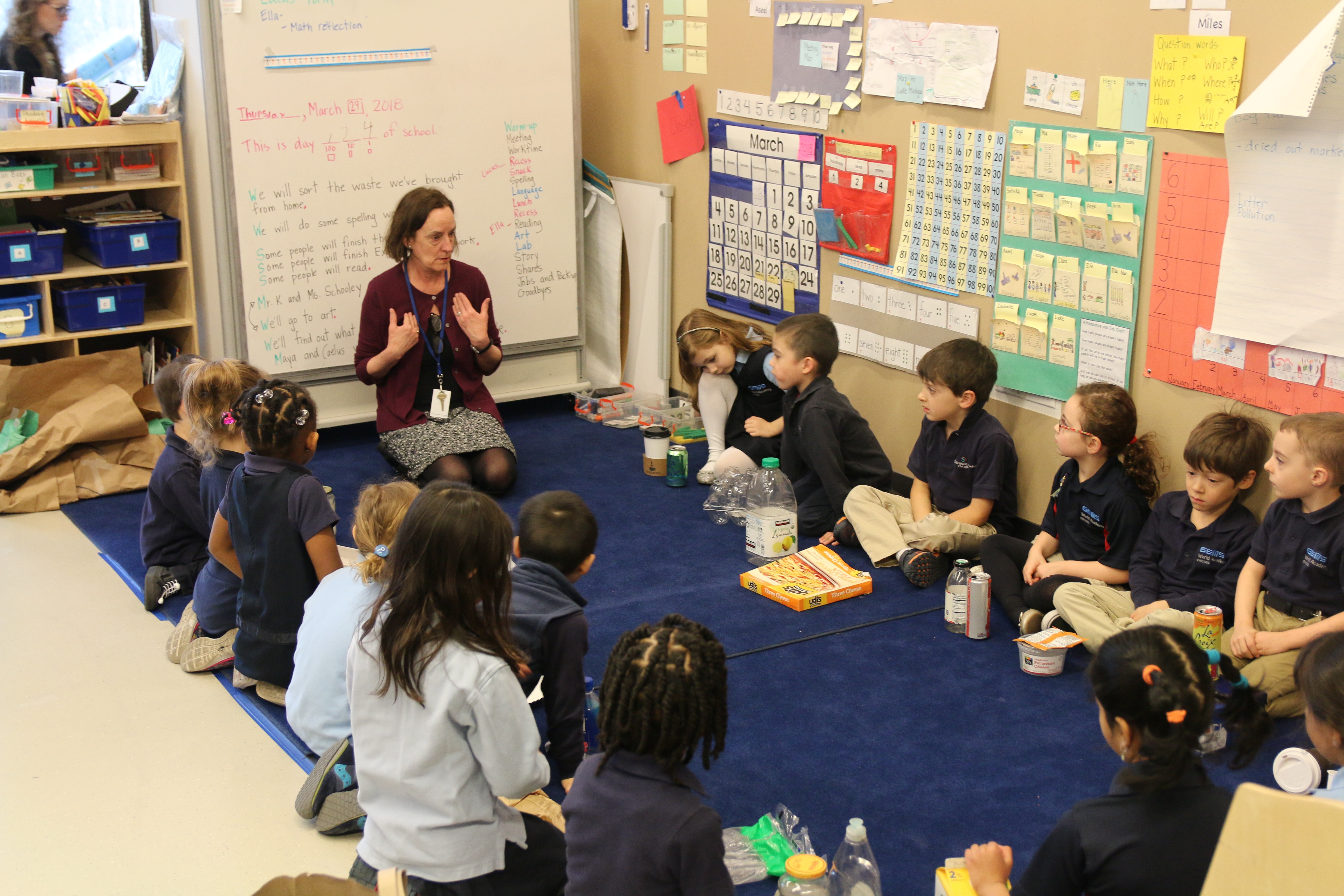
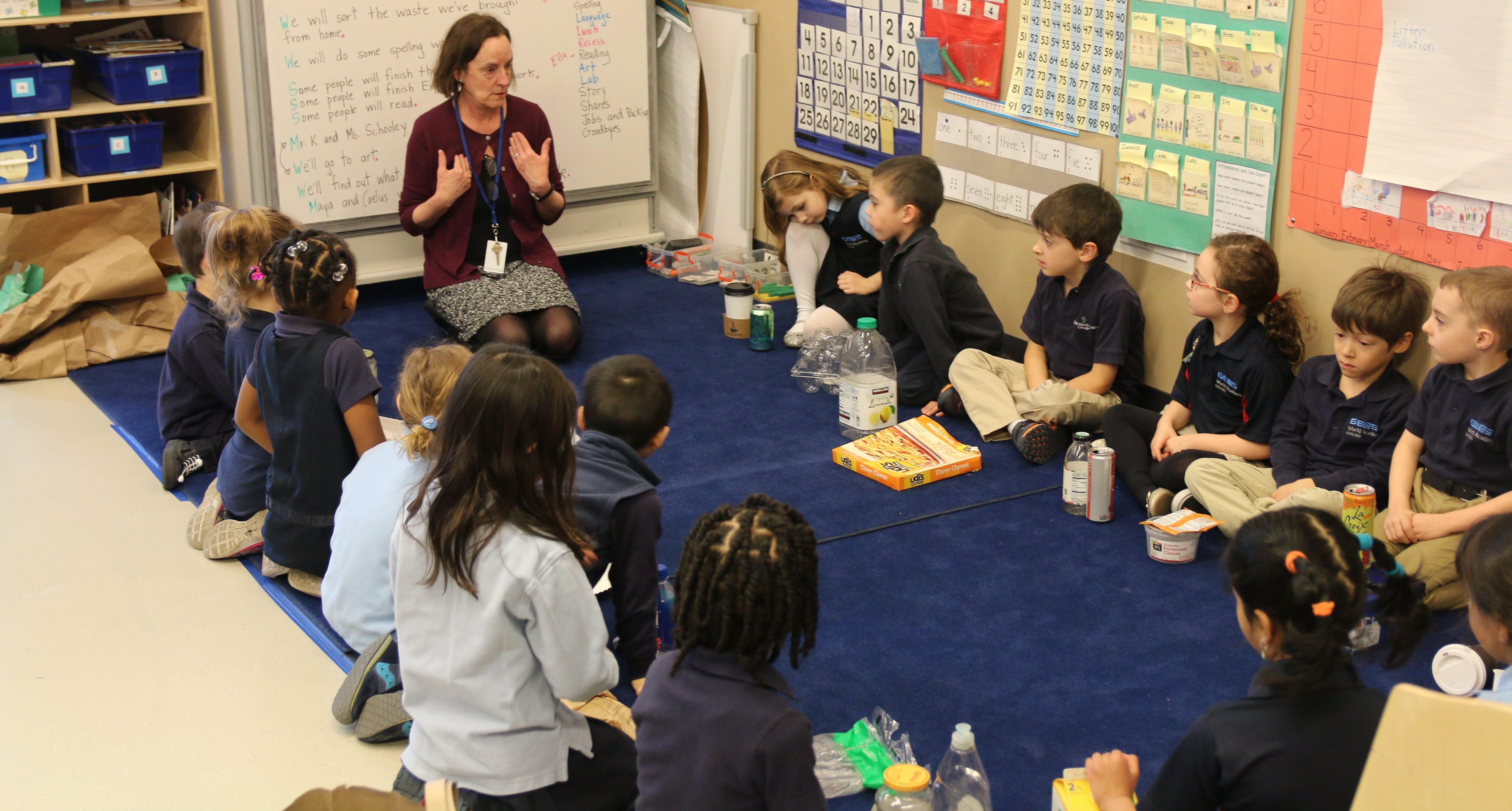 Taking action is one of the essential elements of the Primary Years Program, the first phase of the International Baccalaureate curriculum framework. Schools using this framework believe that doing is a necessary corollary to knowing.
Taking action is one of the essential elements of the Primary Years Program, the first phase of the International Baccalaureate curriculum framework. Schools using this framework believe that doing is a necessary corollary to knowing.
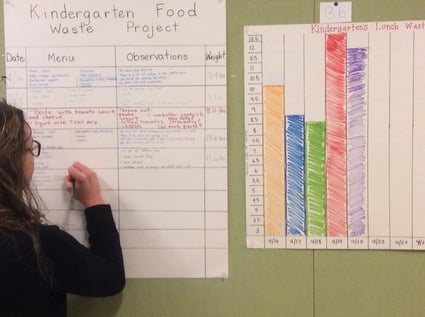 GEMS World Academy Chicago, a premier private school, uses the PYP to encourage students to ask questions, challenge assumptions and create positive change in the world. While this happens throughout the PYP experience, which covers preschool through Grade 5, the kindergarten unit on Waste Management serves as an excellent case study of how learning turns into action at GEMS.
GEMS World Academy Chicago, a premier private school, uses the PYP to encourage students to ask questions, challenge assumptions and create positive change in the world. While this happens throughout the PYP experience, which covers preschool through Grade 5, the kindergarten unit on Waste Management serves as an excellent case study of how learning turns into action at GEMS.
"The 'action' piece helps children internalize their learning and provides them with a real feeling of empowerment," kindergarten teacher Lisa Slater said. "It is great to see them feel so confident and knowledgeable, and be in a position of teaching older children and even adults about how to better care for our planet."
The kindergarten unit explores a number of ideas related to waste management:
- How we, as human beings, produce waste
- How we deal with that waste
- The ways in which we might be able to lessen the amount of waste produced
In class, students explored these ideas through a variety of activities. For example, in one activity, students brought to school actual items of waste from their homes — empty milk cartons, cereal boxes, soft-drink cans and more. The kindergartners discussed the different types of waste they had brought to school, paying attention to the materials the items were made of. Then they sorted the items by material.
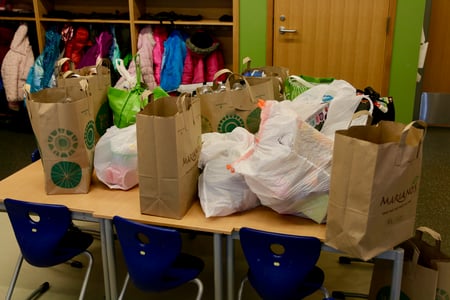
Students also created their own landfills, with help from the Lower School STEAM specialist at GEMS. They filled containers with clay, an aluminum liner and a layer of waste material (food scraps, mostly) and observed what happened when the waste started to decay. Students took particular notice how leachate — water laced with traces of solid material it has passed through — can enter nearby soil and/or water supplies.
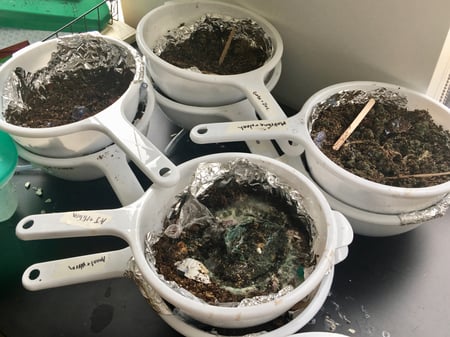
In addition, the students took their learning outside the classroom by visiting the Method Soap Factory in Chicago, known for its environmentally friendly manufacturing practices, which include waste management. Actually seeing how a local business maintains sustainable practices helped students understand what people and organizations can do with regard to waste management.
In many academic programs, the unit would end there, with the students learning a great deal about waste and how we can manage it. But as mentioned earlier, the PYP pushes students to go further, and at GEMS, that means doing something about the situation.
So, students took action:
- They contacted the school's food vendor and discussed ways to reduce the waste generated at meals. Some specific ideas included smaller first portions and eliminating select foods that are generally disliked.
- They launched an effort to educate (or, in many cases, re-educate) fellow students and adults in the building about the importance of recycling. They worked with the school's cleaning service to make sure recyclable materials were disposed of properly in the evening. During the day, the students themselves collected blue recycling containers out of classrooms and common areas and emptied them into the appropriate bin outside the school building.
- They set up a meeting with a sanitation worker from Waste Management who collects waste from the GEMS garage to find out how waste is disposed of and what happens to it when he takes it away from our school.
- They started modifying their own behavior at school and at home. Some examples: carrying special litter-collecting bags to and from school, encouraging parents to support environmentally friendly products and businesses, caring for and reusing supplies inside the classroom.
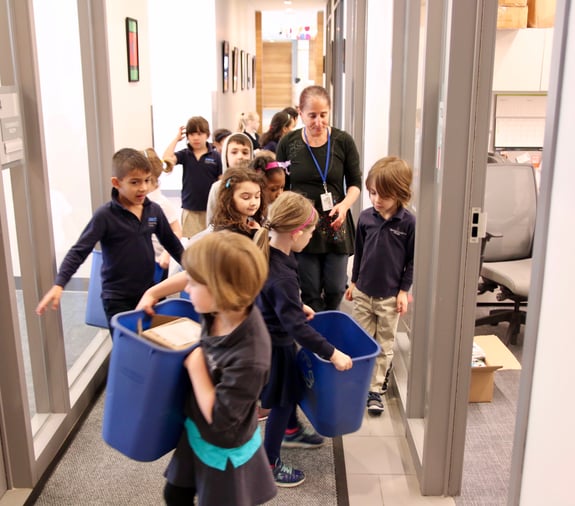 The focus on taking action doesn't end with the conclusion of the PYP. Both the Middle Years Program (serving grades 6-10) and the Diploma Program (serving grades 11-12) thread action and service through their individual units.
The focus on taking action doesn't end with the conclusion of the PYP. Both the Middle Years Program (serving grades 6-10) and the Diploma Program (serving grades 11-12) thread action and service through their individual units.
By viewing action as a critical component of the learning process, GEMS is helping its young learners develop creative problem-solving skills and a global, design-thinking mindset, attributes that are prized in today's complex and connected workplace.
GEMS, with help from the PYP framework, is preparing the global leaders of tomorrow.
• Additional reading about early-childhood education:
Why Young People Should Explore Complex Material;
Recess As a Tool For Learning;
